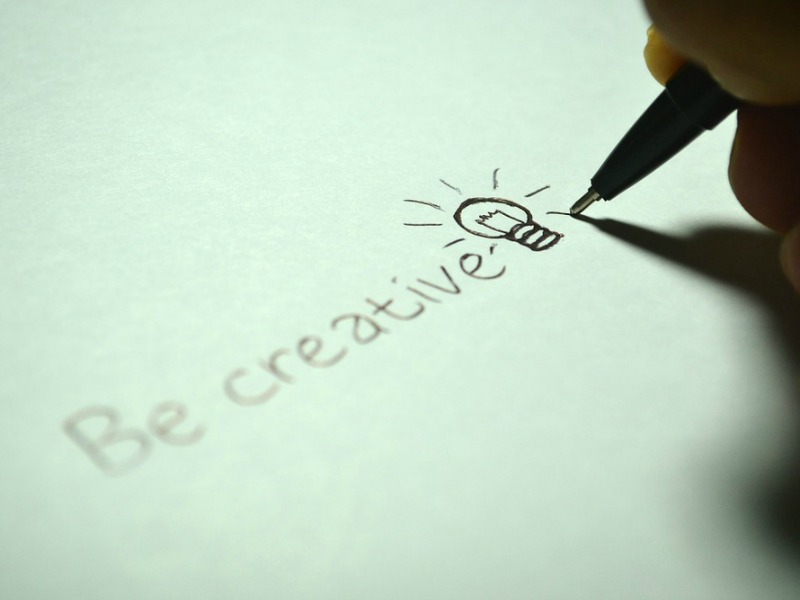Hill+Knowlton Strategies 28 Jan 2016 // 2:02PM GMT

The brainstorm. We’ve all been there. The all-points call for “creativity”. White boards. Sticky notes. Team briefings. Then the fateful pause as the meeting facilitator anticipates a deluge of (wait for it) spontaneous ideation.
Cue tumbleweed.
A few muddled and bloodied concepts later, and the self-examination begins. What went wrong? Did I not bring the right people to the table? Did I not share the right information?
If being creative was easy, everybody would be doing it. And in the right context, we all have potential for creativity. Yet it’s clear that some of us find the concept of creativity and, more importantly, the act of being creative more challenging than others. But why is that?
Increasingly, I would argue, creativity in our business often necessitates accepting a level of discomfort few are prepared to tolerate. If done right, the creative process should challenge us -- and our clients – to re-think preconceived notions, question the status quo, re-calibrate our world view to people “unlike us”, and ultimately take calculated risks. If an idea doesn’t shake a few butterflies in the belly, then maybe we only think we’re being creative.
Uncovering new or different ways of doing things should be as uncomfortable as it is exhilarating. Yet discomfort is something most of us strive to avoid – like skydiving or spicy food. It’s sweat-inducing. It comes with risks both personal and professional. We sidestep it in the brainstorming process by falling back on the excuse that we’re not comfortable speaking publicly or we’re not “creative types”. Then we scuttle off back to our desks and the press release we were drafting.
Or we shift the blame. We argue that clients or prospects are ultimately too risk-averse to take even the smallest and most considered step outside of their comfort zones. And in truth, the exasperation is valid when, upon consideration of an “original” idea, we’re inevitably asked who’s done it before. So why bother?
If creativity is about discomfort, how do we get clients and teams to want to be uncomfortable?
Be uncomfortable, but don’t be dumb: Creativity, despite what some may think, is not simply about throwing ideas against a wall and seeing what sticks. Even the boldest idea should still be informed by research and data, cultural observation, commercial awareness, and experience. The most successful risk-takers have inevitably been the smartest.
Be clear on the consequences of both “comfort” and “discomfort”: It may be too much to suggest that “if you’re going to fail, fail big”. Few would be convinced by that argument, and you’ll probably repel those you are trying attract. But there are equally high-risk consequences to playing it safe versus pushing boundaries and, in doing so, failing to connect with the audiences you need to influence. Balance the pros and cons of each so that you can reduce your and your client’s urge to instinctively rush the fire escape.
Encourage creative discomfort: As our world changes, avoiding discomfort is not an option. This is not to say everyone needs to become a masochist. But we need to nurture a willingness to embrace that which we find uncomfortable – through sharing best practices and successes, creating safe places to exercise “discomfort”, stretching perspectives, and celebrating calculated failures.
By Brendan Hodgson, Strategy Director, Hill+Knowlton Strategies


































.jpg)


.png)
.jpg)











